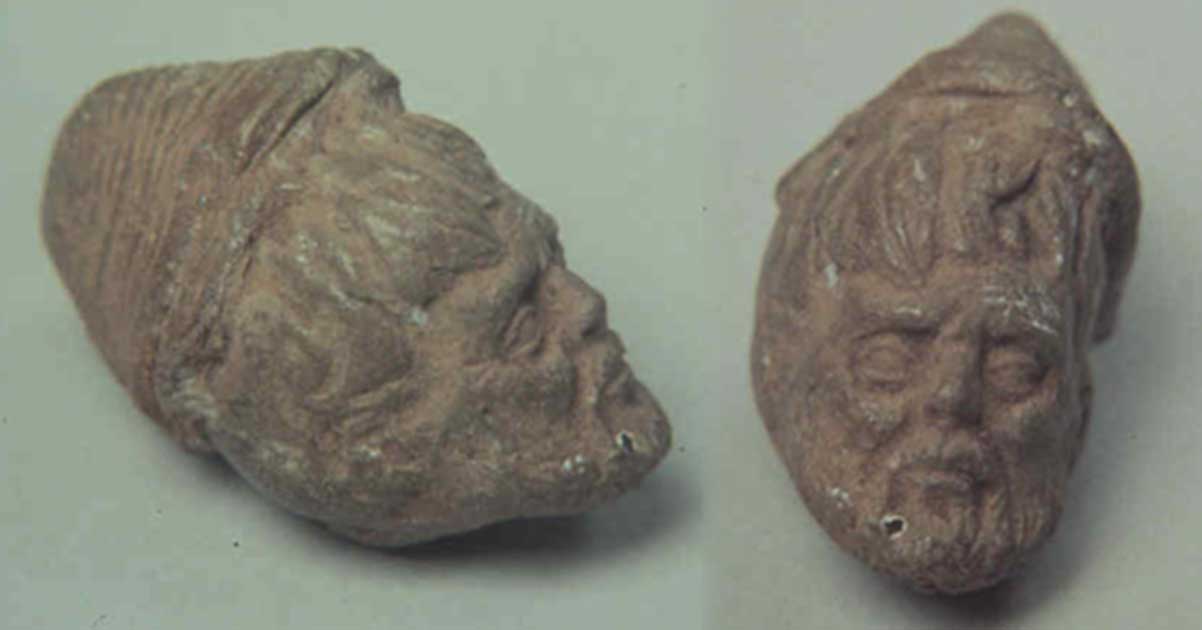Tecaxic-Calixtlahuaca head
Artifact
The Tecaxic-Calixthahuaca Head is a head figure that is believed to be part of a larger figurine. The head is argued to either be a Viking artifact, or evidence for Pre-Colombian contact, or an out of context post-Colombian grave good, because of it's unique and Roman sculpture look.
Discovery
A figurine of a head was discovered in the pre-Hispanic town of Tecaxic-Calixtlahuaca in 1933 by Jose Garcia Payon during an excavation of a burial offering that looked very similar to the Roman statues of the same time.
the head] is without any doubt Roman, and the lab analysis has confirmed that it is ancient. The stylistic examination tells us more precisely that it is a Roman work from around the II century A.D., and the hairstyle and the shape of the beard present the typical traits of the Severian emperors period [193-235 A.D.], exactly in the ‘fashion’ of the epoch." (Andreae cited in Domenici 2000: 29).
Context
The figurine was found in a grave along with objects that were gold, copper, turquoise, rock crystal,Jet a stone similar to coal,[2], bone, shells, and pottery. The burial was dated to around 1476-1510 A.D. The presence of the gold in the grave when it was excavated and discovered was fairly good evidence that the grave was in no way altered before discovery.
Controversy
Pre-Colombian Contact
The figurine is often used to argue Pre-Colombian Contact, because the figurine has the appearance of a Roman statue found in Mesoamerica around the same time period. The Pre-Colombian contact argument will often say that it would be possible of a shipwreck to take place and the potential survivors could have drifted ashore.
Viking Souvenir
It is also argued that the figurine is a Viking souvenir.
Possible Hoax
There are also arguments that the original excavator planted the head to the Mesoamerican site. It is argued that the head was planted due to the thermoluminescence dates that were placed on the head. The head is dated to be between 875 B.C and 1265 A.D.
References
- ↑ http://www.unm.edu/~rhristov/calixtlahuaca.html
- ↑ “Jet Lignite.” Jet Lignite | Gem5.Com, gem5.com/stone/65/jet-lignite/.
